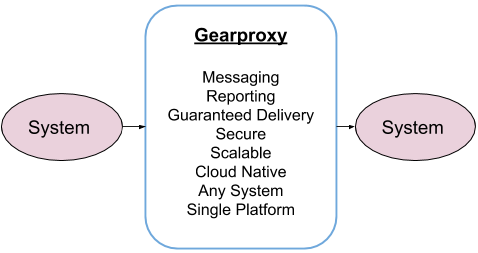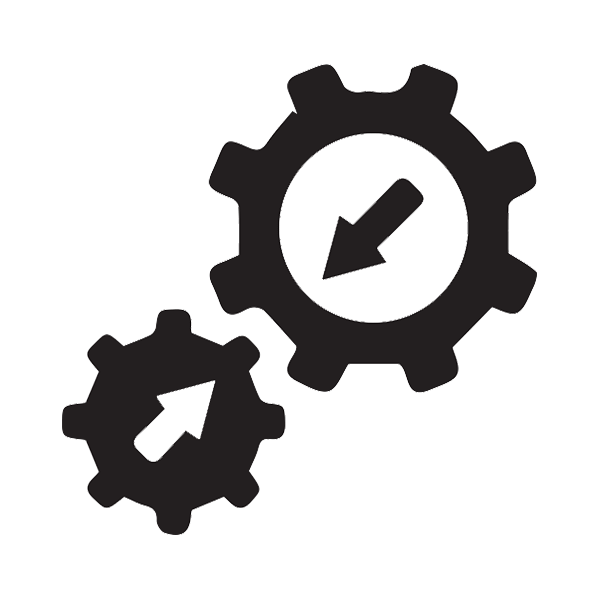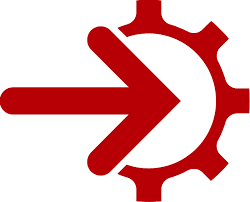The case for an integration platform
Gearproxy is a full service iPaaS (Integration Platform as a Service). iPaaS is a platform that connects otherwise disjointed systems to deliver a unified solution to clients. This acts as a conduit for communication between multiple systems which allows for integration and data sharing. iPaaS gives platforms unlimited potential, and as we deepen our cloud dependency, becomes integral to nearly every business model. A big difference between Gearproxy and other platforms is that implementation and maintenance is handled as a service by the Gearproxy team and not the client.

The rise of cloud based applications and SaaS over the past two decades has created a gap in the ecosystem that needed to be filled. That gap, the need for more integrated systems, has only become more exaggerated over time. iPaaS arose out of a need for an organized solution for deploying quick and seamless cloud-based and on premise solutions. Companies that employ iPaaS technology as part of their offering to consumers realize benefits from increased customer and employee satisfaction.
A Single Solution
Instead of piecing together separate software to solve their needs, users can use a platform that connects to all of their software in one convenient cloud-based location, thereby eliminating the need to source and deploy their technology in different environments across multiple networks.
Organized Data
Users can access all of their data in one place and set rules for how that data is organized and accessed. So, while they’re working with different systems, all of those systems will render data in an easy-to-interpret manner. All of this makes data analysis, interpretation, and application easier and more accurate.
Improved Communication
One platform means a single source of truth when it comes to data. Data is being shared within the same ecosystem so no important information is lost and everyone has the same access which leaves less room for misinterpretation.
Better Workflow
Less time switching between tools means more time for work and a central place where all of that work is done. Users will have the luxury of fewer systems to be in and out of in order to complete their tasks. A platform creates a more efficient environment for team dynamics and process flows.
Increased Efficiency
iPaaS reduces and mitigates confusion, data loss, and inconsistencies by creating a centralized system for the management of all parties involved.
Centralized Management
iPaaS creates a single, virtual view for managing all connections across the platform. Instead of having one individual or team manage different integrations, all of them can be accessed from a single location.
Eliminate Silos
Third-party integrations can be created and deployed in various environments. This might not be an issue when there are only a few connections, however, as a company develops its offerings to become a more robust entity, integrations can become scattered and fragmented, creating a mess where information is hidden from view or difficult to access and preventing a business from realizing critical insights.
Real-Time Processing
iPaaS allows for real-time data sharing and processing thereby eliminating delays in access and providing a quick and accessible solution.
Improved Security and Compliance
Security threats are inevitable in any environment, especially the cloud. iPaaS solutions offer fraud detection and intruder alerts. But the real benefit is that a centralized platform makes it easier to see where these threats are and respond adequately. In addition, a platform makes regulation compliance simple by implementing changes in a single environment.
iPaaS Adoption Drivers
Cloud is changing the way businesses are operated and run today—and it’s the lead driver for iPaaS as a way to bring together distributed resources and systems in an intelligent, flexible manner.
Cloud systems provide scale, cost, and elasticity benefits that accelerate business agility: you can scale services on demand to support fluctuating workloads and changing demands without worrying about infrastructure costs or maintenance. Cloud also offers policies and technologies that strengthen security and help to protect data, apps, and infrastructure from potential threats.
As organizations invest in cloud applications and infrastructures, they are also adopting software as a service (SaaS), platform as a service (PaaS), and infrastructure as a service (IaaS) offerings. Environments may now include applications such as Salesforce, NetSuite, Workday, and Marketo; public clouds such as Amazon Web Services, Microsoft Azure, and Google Cloud; and PaaS to modernize data warehouses, data lakes, and analytics.
The growing challenge of universal integration
All of these platforms and opportunities mean integration and data management challenges have become even more important to the digital transformation journey. Data is now spread across many more locations, and new data types are emerging every day across organizations. Integration capabilities should be expanded across organizational silos—so that new use cases such as cloud data warehousing, application integration, partner data exchange, and others can be addressed in an agile way.
Each company must manage cloud integration and multi-cloud hybrid environments if they want to be able to scale, store, and analyze all of their data, regardless of its location. A mature integration solution with a framework robust and secure enough to support modern, sophisticated use cases is needed.
To summarize
With data being a prime asset for all organizations, small to medium sized companies today face the same challenges as larger companies. All are constrained regarding integration based on a lack of on expertise, time and budgets. Gearproxy eliminates these barriers by providing:
- A full service solution.
- Technically built on big data technologies which provides outage avoidance and scalability.
- Leveraging a mult-tenant platform that exists today and does not need to be rebuilt each time.
- A strategic approach to integration that enables experts to implement and monitor the system into the future.


